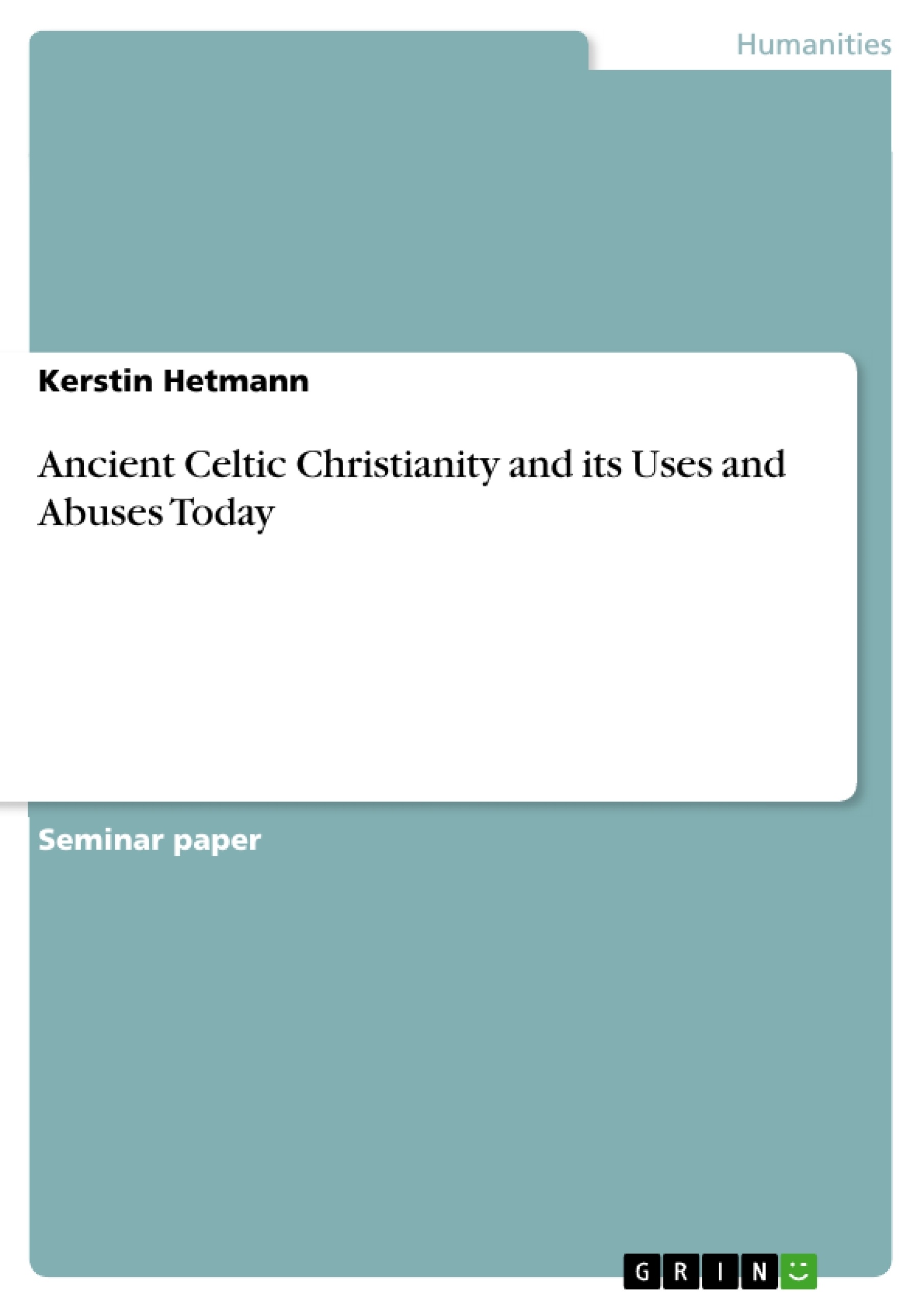Celtic sells. If you look into a British bookstore or type in the word “Celt” or “Celtic” into an internet search machine, you will find thousands of matches. I did the test and typed the words “Celtic” and afterwards “Jesus Christ” into Google. Google came up with approximately 82.500.000 matches for “Celtic” and only 58.300.000 for “Jesus Christ”. Many of the links belong to Celtic music bands or Celtic arts, but still a big amount leads to Celtic Spirituality pages.
What is it that makes Celtic Spirituality so immensely popular today? What are people looking for when they buy Celtic Christian resource and prayer books, register with Celtic Christian web communities or seek out churches that offer “Celtic services”? And the most important question of all – Does the “Celtic Boom” have anything to do with Christianity or is it some kind of New Age mysticism? Let us have a look at ancient Celtic Christianity and then find out to what extent so-called modern Celtic Christian still share the same ideas, traditions and practices.
Inhaltsverzeichnis (Table of Contents)
- Introduction
- Ancient Celtic Christianity
- The early years of St. Patrick
- St. Patrick's mission to Ireland
- The missions to the Picts of Scotland and the Anglo-Saxons of England
- The synod of Whitby
- What is different about Celtic Christianity?
- The structure and formation of Celtic Christianity
- Distinctive Celtic teachings
- Celtic Christianity's prayer practices
- The rediscovery of Celtic Christianity in the 19th and 20th Century
- Celtic Christianity today
- The Celtic Catholic Church
- The Lindisfarne Community in Ithaca, NY
- The Cambrian Episcopal Church of the Grail
- The Community of Aidan and Hilda
- The Celtic Orthodox Christian Church
- Private Websites and Spiritual Books
- Conclusion
Zielsetzung und Themenschwerpunkte (Objectives and Key Themes)
This paper aims to analyze the historical development and contemporary resurgence of Celtic Christianity in the British Isles. It explores the origins, distinctive features, and impact of Celtic Christianity, examining its current expression in various modern communities and spiritual movements.
- The origins and development of Celtic Christianity, focusing on the missions of St. Patrick, Columba, and Aidan.
- The distinctive characteristics of Celtic Christianity, including its structure, teachings, and prayer practices.
- The rediscovery and revival of Celtic Christianity in the 19th and 20th centuries.
- Contemporary manifestations of Celtic Christianity, including various churches, communities, and spiritual groups.
- The cultural and spiritual significance of Celtic Christianity in contemporary society.
Zusammenfassung der Kapitel (Chapter Summaries)
The first chapter examines the phenomenon of the "Celtic Boom" in contemporary society, exploring its roots and the reasons behind its popularity. It questions whether this interest is rooted in genuine Christian belief or more akin to New Age mysticism.
The second chapter delves into the history of ancient Celtic Christianity, starting with the life of St. Patrick, his early years, and his conversion experience. It highlights the challenges he faced in bringing Christianity to Ireland, including the skepticism of Roman Church leaders who considered the Irish "barbarians." This chapter also discusses St. Patrick's mission to Ireland, highlighting his use of indigenous practices and his understanding of the Irish culture.
The third chapter focuses on the distinctive features of Celtic Christianity, exploring its structure, teachings, and prayer practices. It compares Celtic Christianity to other forms of Christianity, highlighting its unique aspects and contributions to Christian thought.
Chapter four delves into the rediscovery and revival of Celtic Christianity in the 19th and 20th centuries, examining the factors that led to its resurgence in modern society. It discusses the influence of the Celtic Revival movement and its impact on the development of contemporary Celtic Christian practices.
Schlüsselwörter (Keywords)
Key terms and concepts explored in this paper include Celtic Christianity, St. Patrick, Columba, Aidan, the Synod of Whitby, monastic communities, distinctive teachings, prayer practices, rediscovery, Celtic Revival, modern Celtic Christian communities, spirituality, New Age, cultural influence.
- Quote paper
- Kerstin Hetmann (Author), 2006, Ancient Celtic Christianity and its Uses and Abuses Today, Munich, GRIN Verlag, https://www.grin.com/document/70403



